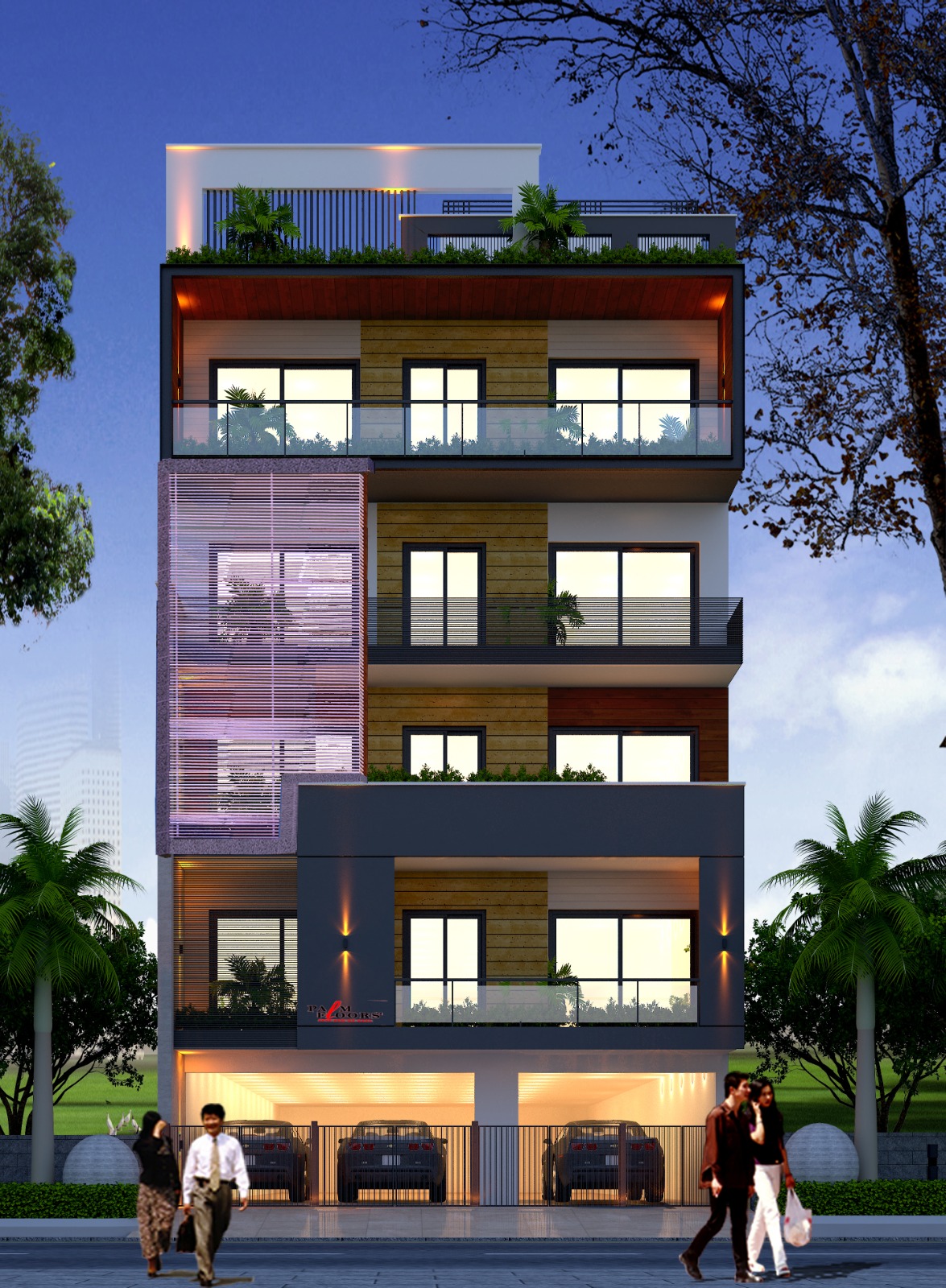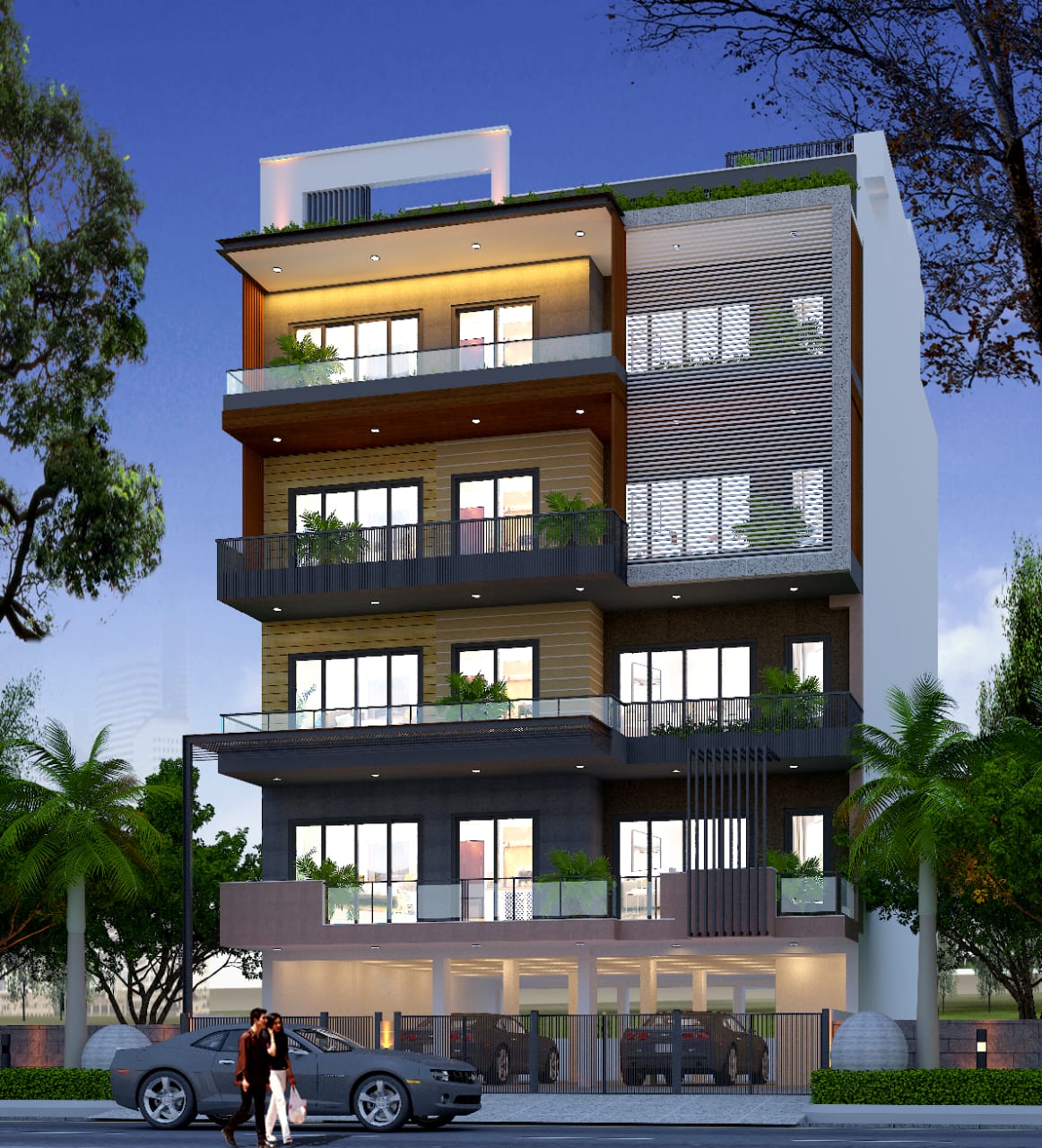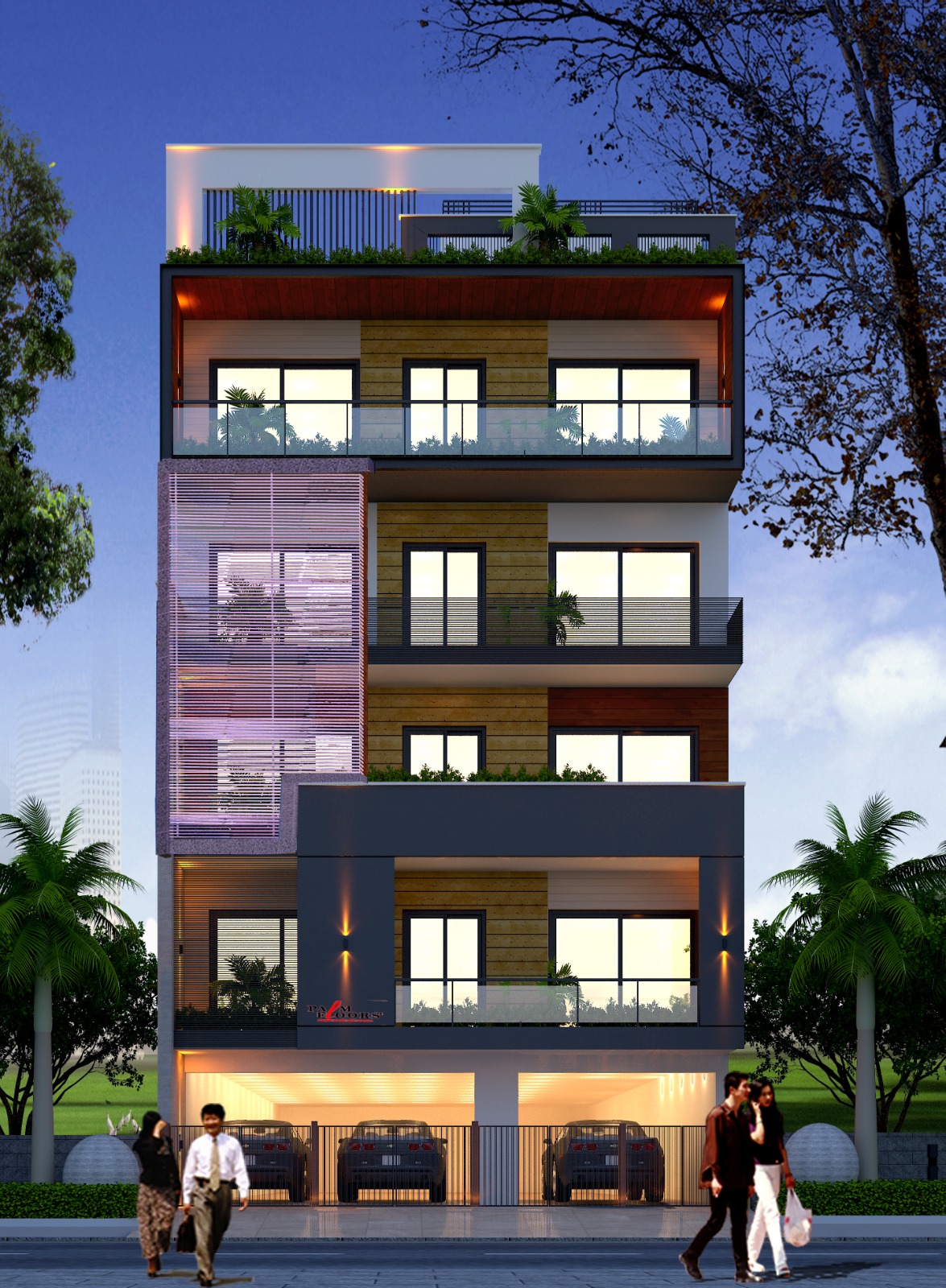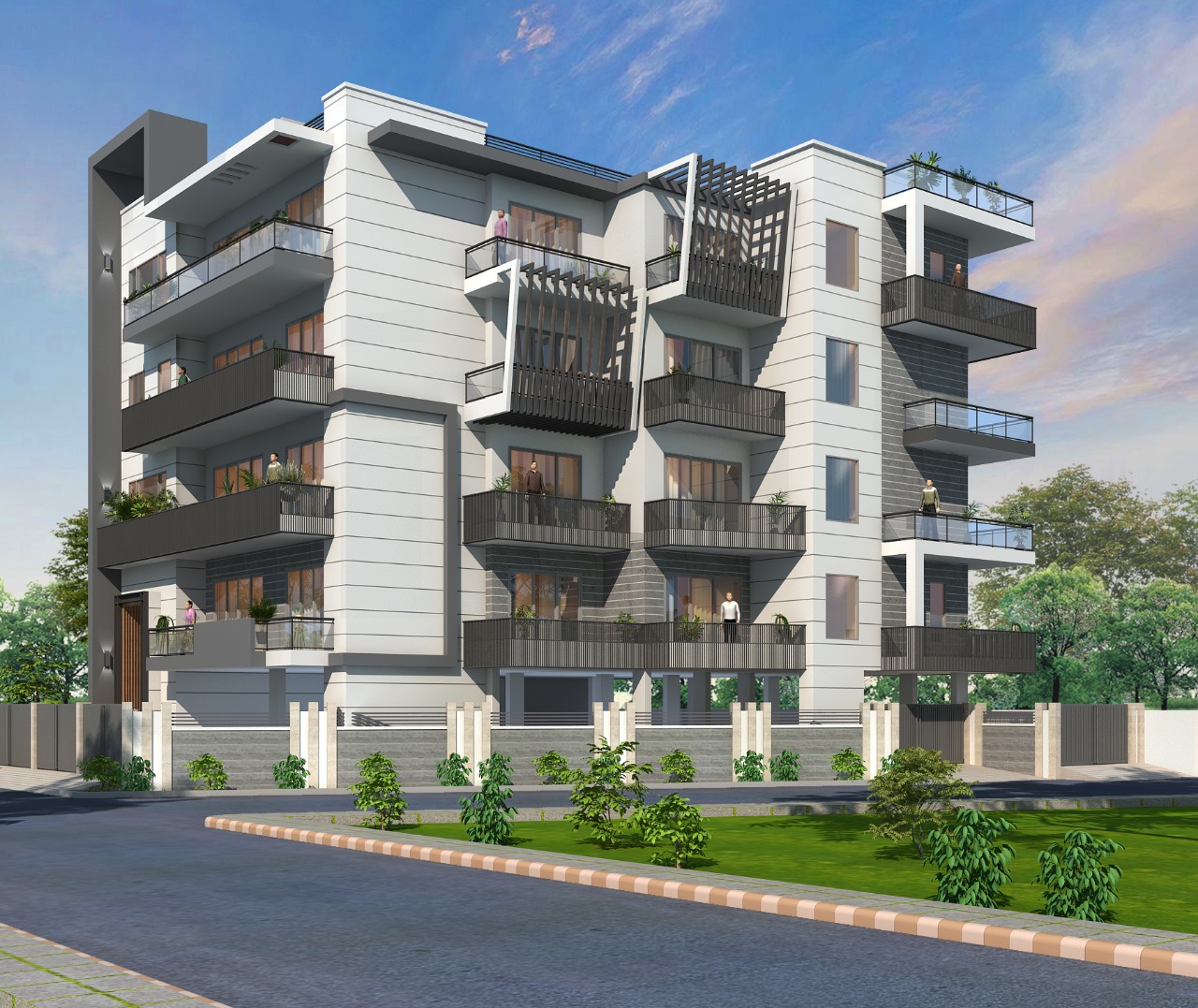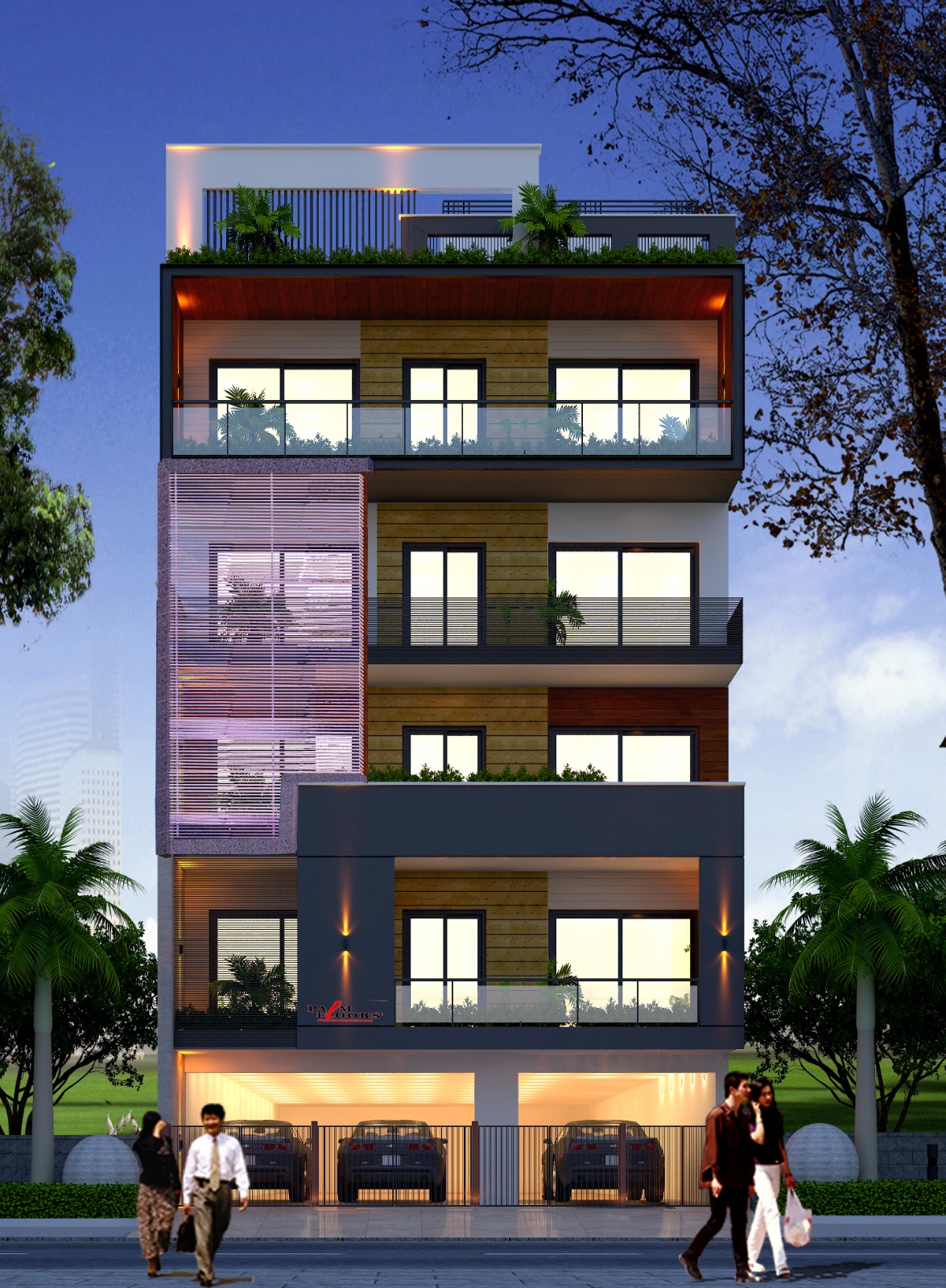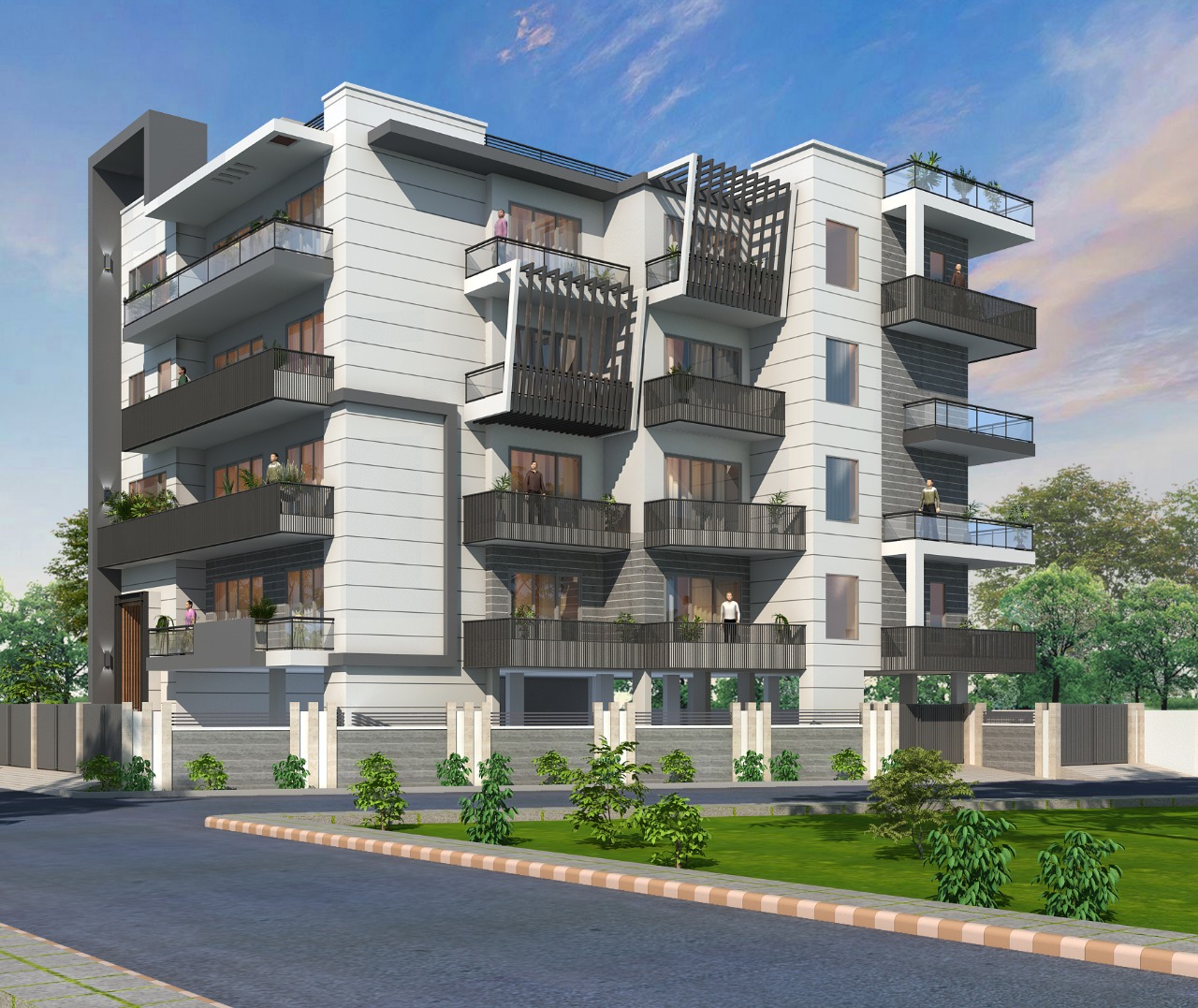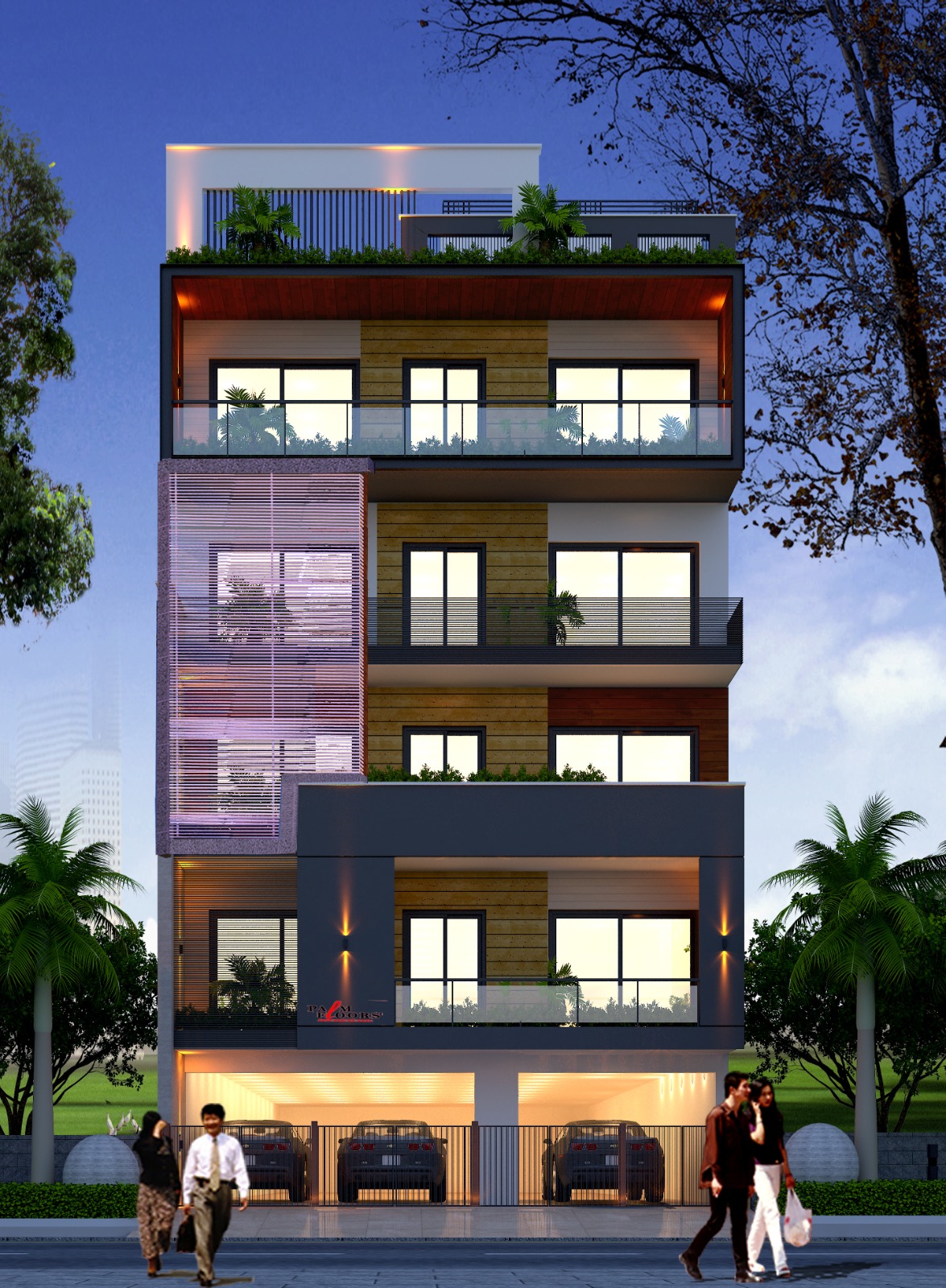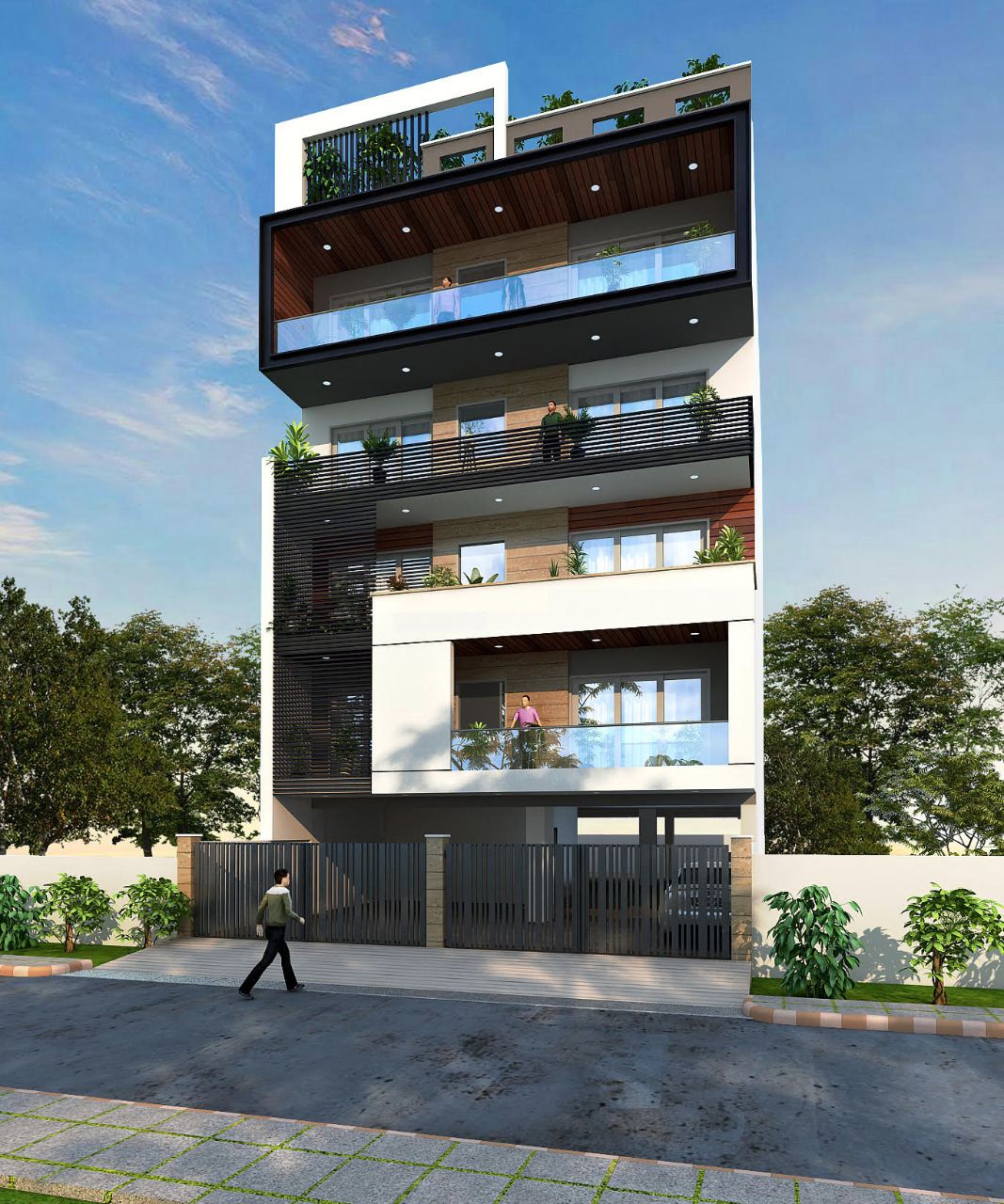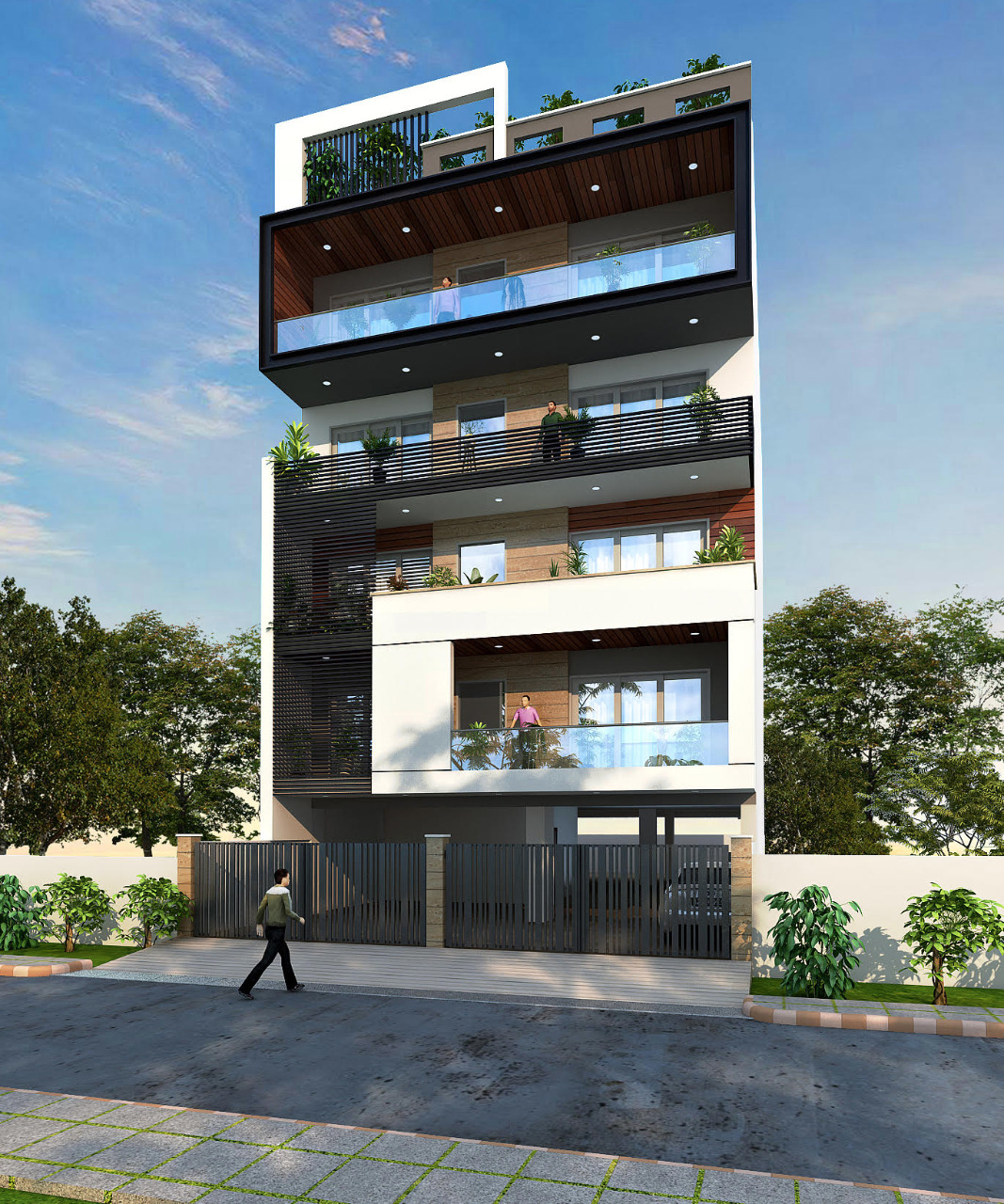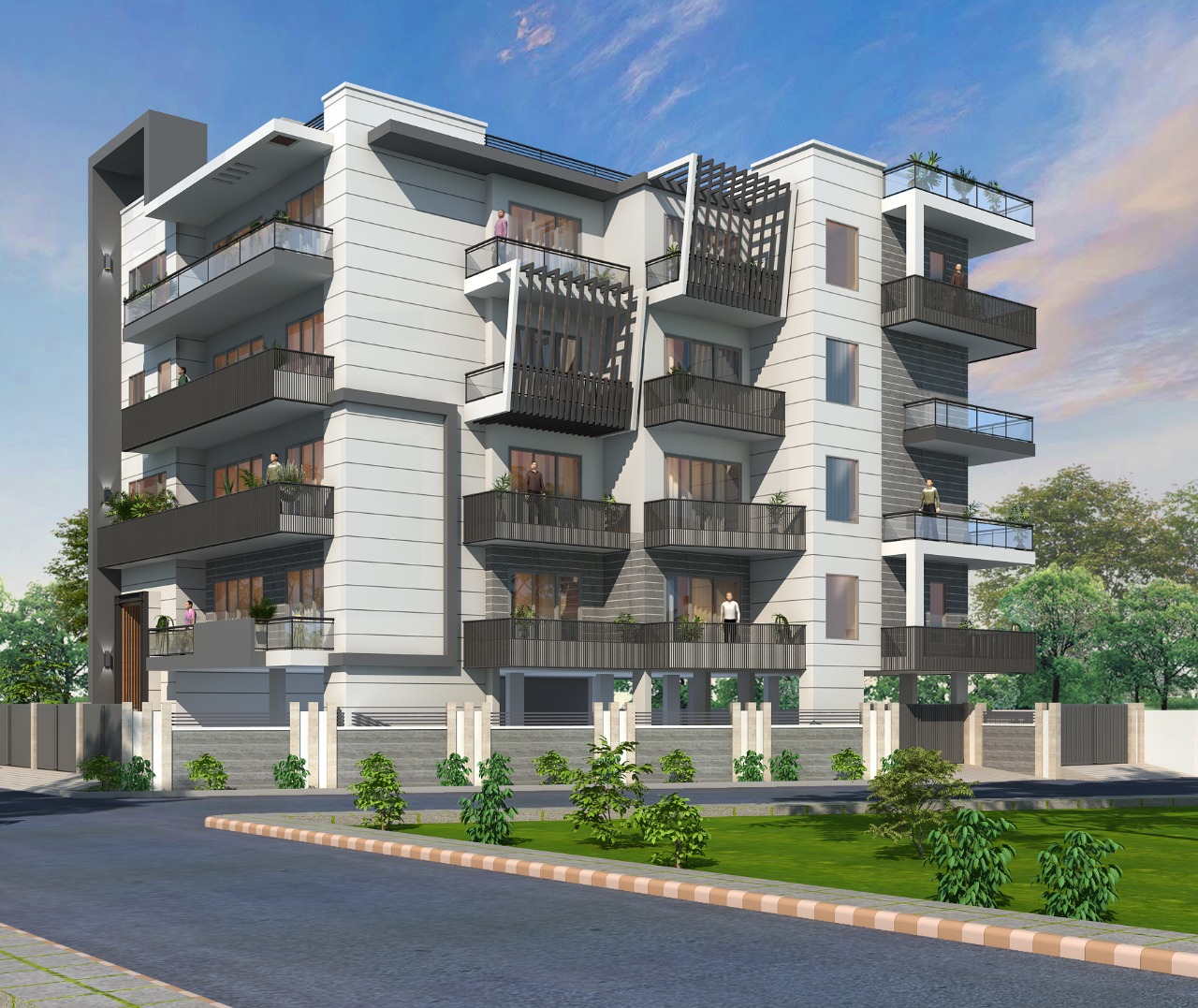By PALMFLOOR | 22ND-APRIL-2019
There are factors in this prime market that indicate that property prices will remain stagnant in the coming quarters. Specifically, high levels of unsold inventory continue to keep rates under control
With sale of affordable housing picking pace, it is likely that residential real estate prices will continue to be under check.
The recently released Real Estate Sentiment Index for the fourth quarter of 2018 by Knight Frank, in association with the Federation of Indian Chambers of Commerce and Industry (Ficci) and the National Real Estate Development Council (Naredco), said that accumulating inventory, stagnant prices, sluggish sales, and default by reputed developers have contributed to a further dip in the NCR’s future sentiment score, a measure across regions that indicate that stakeholders are holding their ground and are not as bullish over the outcome of various structural reforms in the real estate sector.
“Last year, realty prices in the Delhi NCR fell by around 2%, which is not substantial, though prices in the resale market fell by around 15%. The situation is likely to remain same this quarter also, as the focus of most developers is to complete projects that have been sold,” said PradeepAggarwal, chairman and founder, Signature Global, and chairman of the National Council on Affordable Housing, Assocham.
In addition, development firms must work faster and sell faster to get rid of the current unsold inventory. Data from ANAROCK Property Consultants confirms that there are 5.88 lakh housing units under construction, which are lying unsold in the Top 7 cities. Of this, the Delhi NCR has a significantly higher inventory. Other than this, lending to the real estate sector has become tough. With banks stepping back, non-banking financial companies (NBFCs) started financing the development firms.
But the recent default by ILF&S and trouble with many NBFCs has made the going tough for the real estate. JLL India says that in 2018, the share of NBFCs in financing real estate developers has increased from 30% to 60%.
WHAT IS EXPECTED?
“The GST council’s decision to cut rates sharply in affordable as well as in the projects under construction is to make room for growth in housing,” says Amir Husain, president (sales and marketing) of Orris Infrastructure Pvt Ltd.
Why prices in the NCR may remain stagnant
However, prices will not drop further, experts say. “After RERA changes in GST, cost to developers has increased. Developers in the NCR have not raised prices in the past three years. Instead, there have been cases, especially in Noida, where developers reduced price. This leaves a limited buffer for them to cut prices any further. Also, improving sales, reduced launches, and decreasing unsold inventory implies stress on the sector is decreasing. We do not expect prices to trend down in coming quarters,” AnkurDhawan, chief investment officer at PropTiger, said.
“Real estate was increasingly dependent on NBFCs to fund their growth plans and, now, with a liquidity crisis in this route, developers will focus on selling more units to use it as one of the funding sources. This may lead to a situation where prices must be kept under control,” VikasBhasin, MD of Saya Homes, said.
“Prices have been under pressure for some time now, in the entire country. With input tax credit restricted, prices may rise by nearly 3-5% in FY 2019-20,” Manoj Guar, MD of Gaurs Group and VP of Credai National, said.


